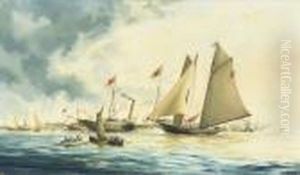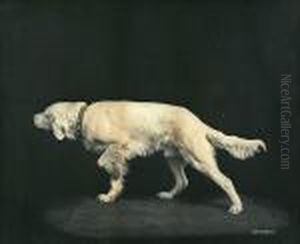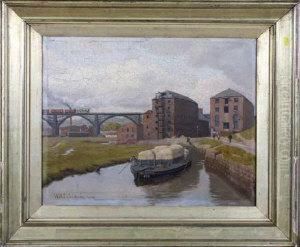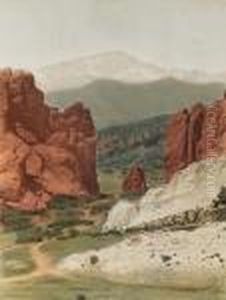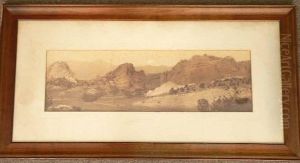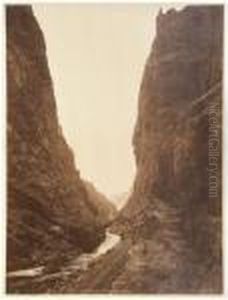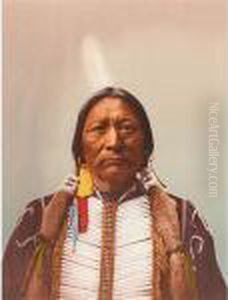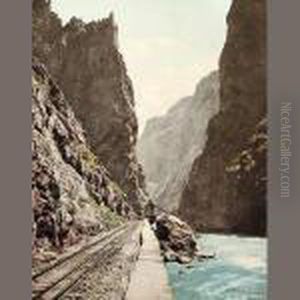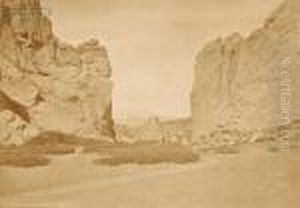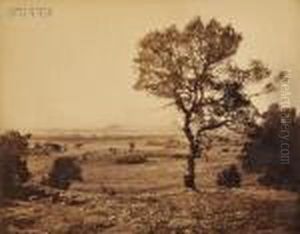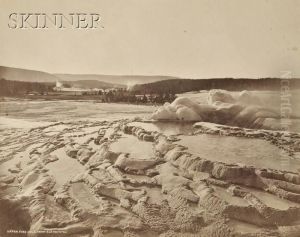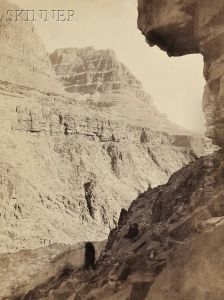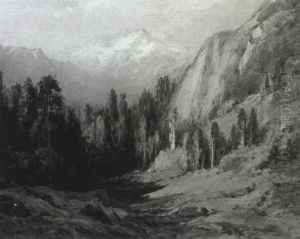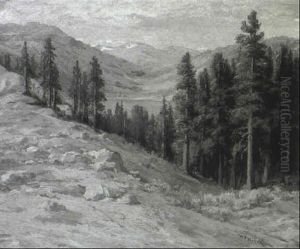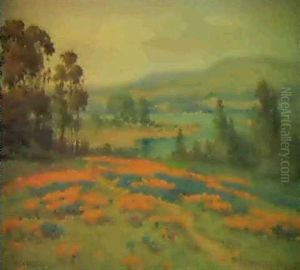William Henry Jackson Paintings
William Henry Jackson was an American painter, Civil War veteran, geological survey photographer and an explorer famous for his images of the American West. Born on April 4, 1843, in Keeseville, New York, Jackson developed an interest in art at a young age. He served as a Union soldier during the Civil War, which interrupted his early career as a painter. After the war, he headed west and eventually settled in Omaha, Nebraska, where he worked as a photographer, capturing some of the earliest images of the landscapes and Native American cultures of the western territories.
Jackson's work gained significant recognition when he joined the U.S. Geological and Geographical Survey of the Territories led by Ferdinand Vandeveer Hayden. His photographs from these surveys, particularly those of Yellowstone, were instrumental in convincing Congress to establish Yellowstone as the first national park in 1872. His images were not only important for their role in American conservation but also for their artistic merit, as Jackson was skilled in framing and composition, often going to great lengths to capture the right image.
Throughout his long career, Jackson traveled extensively and produced a vast collection of photographs. He documented the construction of the railroads, the lives of Native American tribes, and the unspoiled landscapes of the American frontier. In his later years, he worked with the Detroit Publishing Company, contributing to their collection of photochrom postcards, which were colorized images popular at the turn of the century.
William Henry Jackson's legacy is enshrined in the history of American photography and art. His work provides an invaluable visual record of a transformative period in United States history. He continued to be active in the field of photography until his death at the age of 99, on June 30, 1942, in New York City. Jackson's photographs remain a testament to the beauty of the American landscape and are preserved in collections and archives across the country.
